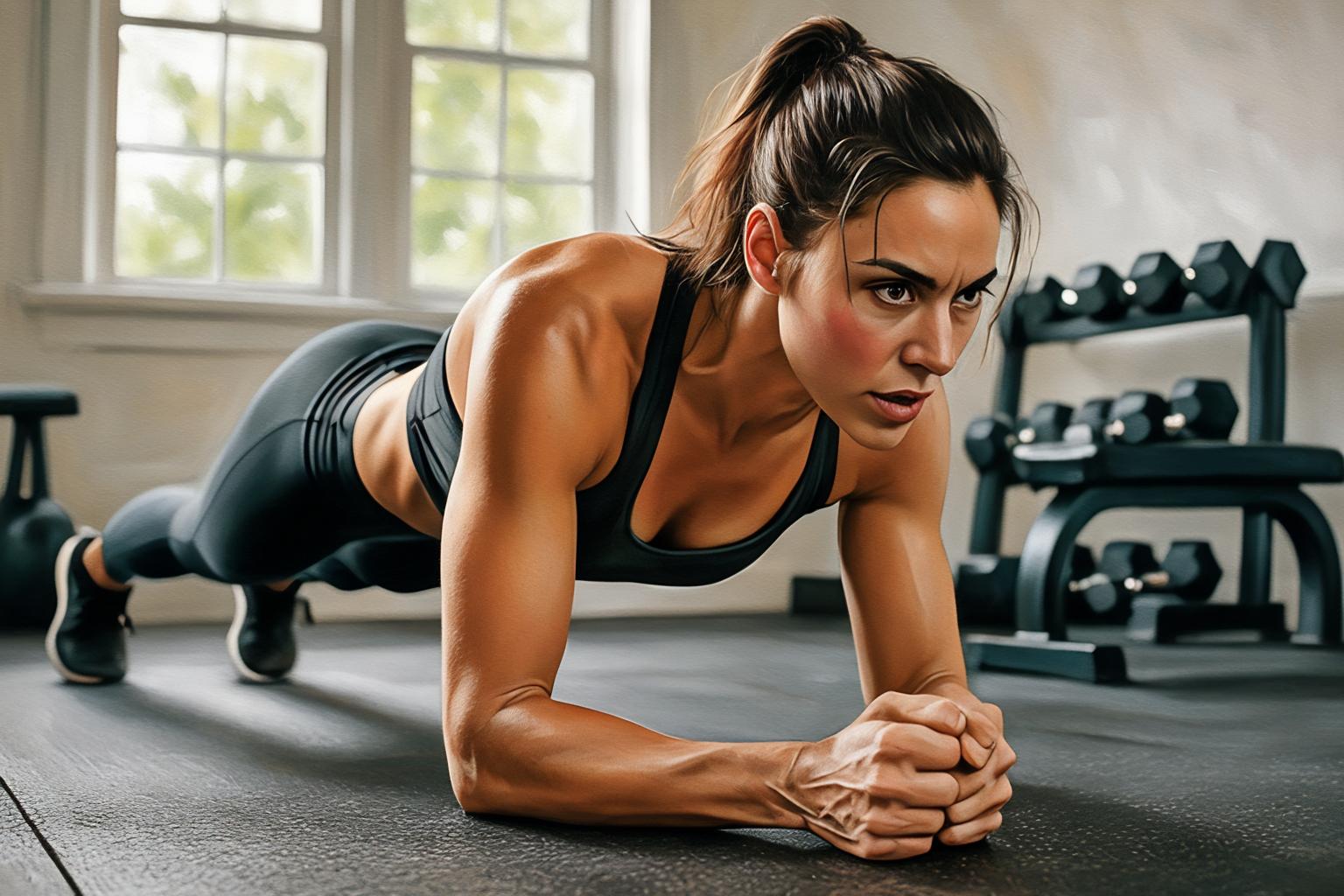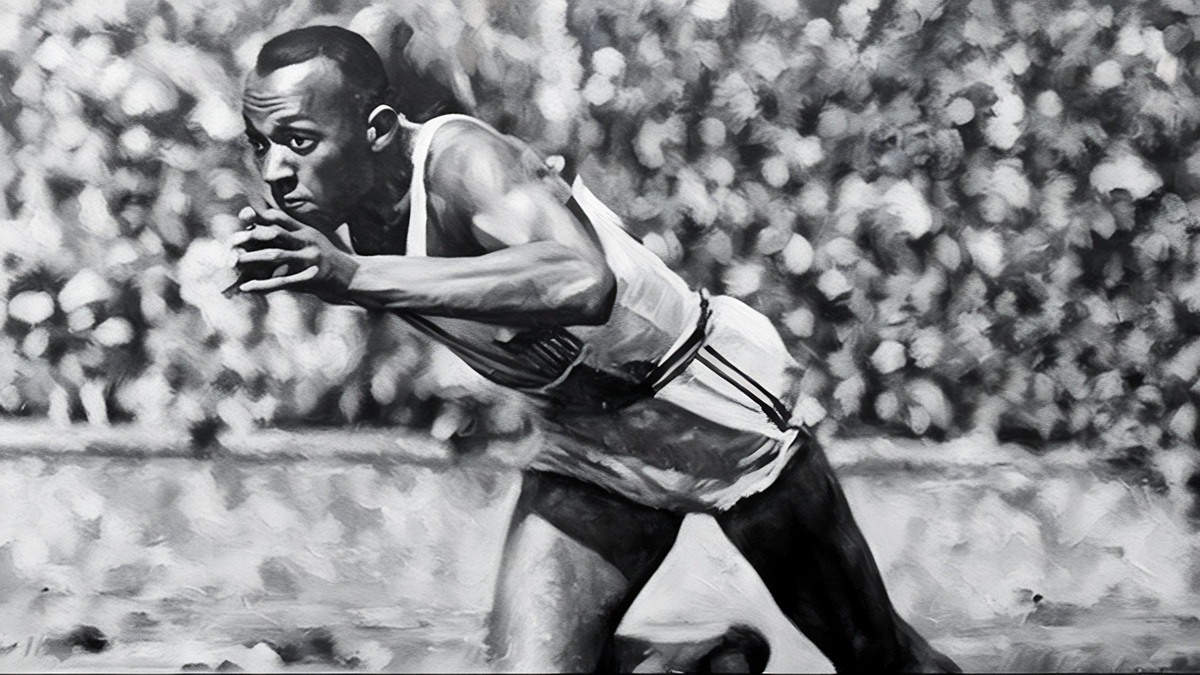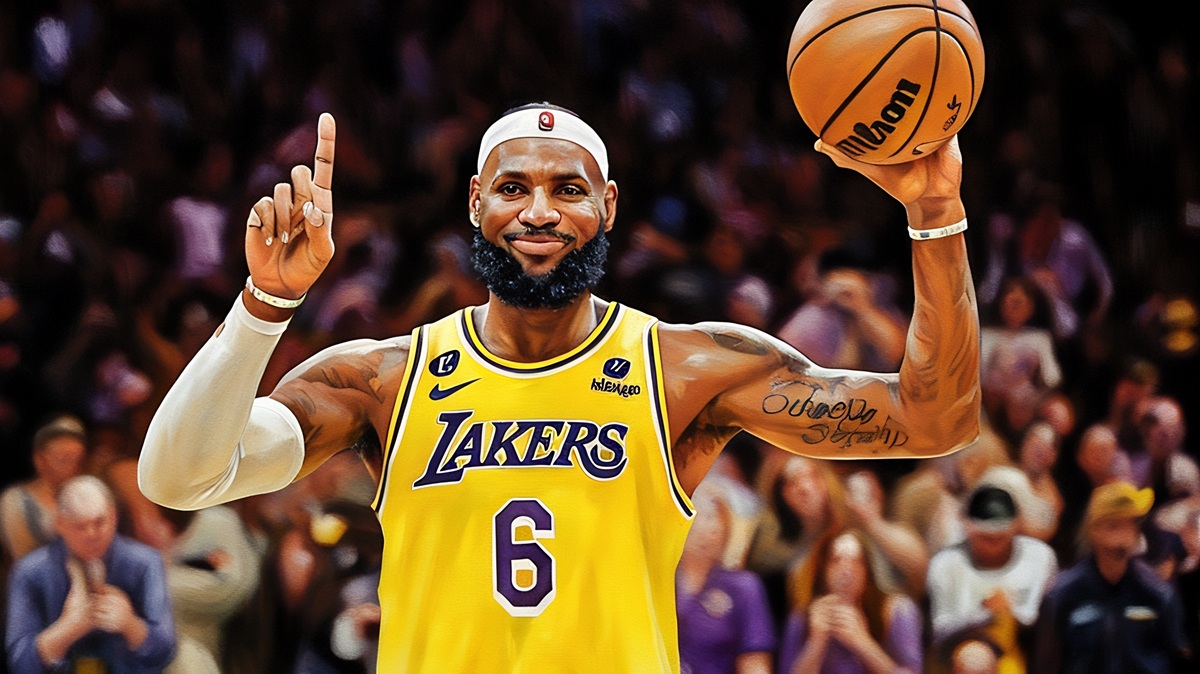Increasing Your Throwing Power: Core Workouts
Throwing strength is not just about having powerful arms; it’s a full-body effort that begins from the ground up, with the core being the central powerhouse in generating that strength. Whether you’re an athlete looking to throw further, with greater speed or more accuracy, building a solid, functional core is crucial. A strong core stabilizes the body during the throwing motion, enabling a smooth, efficient transfer of energy from the lower body through the torso to the arms.
In this article, we will explore the best core workouts to boost throwing performance. These exercises will target the muscles essential for stability, power generation, and control during every throw, ultimately helping you perform better and reduce your risk of injury.
Why Core Strength Matters for Throwing
The core plays a pivotal role in throwing, as it facilitates the transfer of force from the legs to the arms. When you throw, the movement begins in the lower body, generating power through the hips and legs. This force travels through the torso, which must act as a stable platform to transmit energy efficiently. The stronger and more stable your core, the more power can be transferred, resulting in a more explosive throw.
Additionally, core strength is vital for maintaining balance and control throughout the throw. A weak core can cause improper mechanics, leading to inefficient energy transfer and potentially diminishing your throwing velocity. By developing a strong, stable core, you can maximize your power output and improve your overall throwing precision.
Planks: Building the Foundation for Throwing Power
Planks are one of the most effective exercises for building core strength, stability, and endurance. They engage the entire core, including the abdominals, obliques, lower back, and glutes, which are all essential for generating power and maintaining balance during the throwing motion.
The classic plank, performed by holding a push-up position with your forearms on the ground, activates the core while also working the shoulders and chest. To make the exercise more dynamic and specific to throwing, incorporate variations such as side planks, which target the obliques, or the forearm plank with leg lifts, which further engage the glutes and lower back.
A strong core is the foundation of every powerful throw, and planks are an excellent starting point for building that strength. Incorporate planks into your training routine, gradually increasing the duration as your endurance improves.
Russian Twists: Rotational Power for Throwing
Throwing involves a great deal of rotation, particularly through the torso. The ability to rotate quickly and powerfully is essential for generating throwing speed and force. Russian twists are an excellent exercise to develop rotational power and stability, specifically targeting the obliques and the muscles responsible for twisting movements.
To perform Russian twists, sit on the floor with your knees bent and feet flat. Lean back slightly to create a 45-degree angle with the floor and hold a weight (such as a medicine ball or dumbbell) in both hands. Twist your torso to the right, then to the left, while maintaining control of the weight. Engage your core throughout the movement, keeping your back straight and avoiding excessive swinging of the arms.
For an added challenge, lift your feet off the ground to engage your lower core and increase the intensity of the exercise. Russian twists will help develop the rotational strength and flexibility necessary for effective throwing mechanics, making them an essential addition to any athlete’s training regimen.
Dead Bugs: Enhancing Core Stability and Coordination
Dead bugs are a simple yet highly effective exercise for building core stability and improving coordination. This exercise targets the deep stabilizing muscles of the core, including the transverse abdominis and pelvic floor muscles, which are essential for maintaining stability during the throwing motion.
To perform a dead bug, lie flat on your back with your arms extended toward the ceiling and your knees bent at 90 degrees. Slowly lower your right arm and left leg toward the floor, keeping your lower back pressed into the ground. Return to the starting position and repeat on the opposite side. Keep your movements slow and controlled, engaging your core throughout the entire exercise.
Dead bugs are particularly beneficial for developing the mind-body connection, allowing you to engage your core muscles more effectively during throwing. This exercise also improves coordination, which is crucial for synchronizing the various phases of a throw.
Medicine Ball Slams: Explosive Power for Throwing
Throwing is an explosive movement, and medicine ball slams are the perfect exercise to develop the explosive power needed for powerful throws. This exercise simulates the aggressive motion of a throw while also engaging the entire core, along with the arms, shoulders, and legs.
To perform a medicine ball slam, stand with your feet shoulder-width apart, holding a medicine ball overhead. Using a powerful movement, slam the ball down onto the floor as hard as you can while engaging your core and driving your hips forward. Squat down to pick up the ball and repeat the movement for several repetitions.
Medicine ball slams help develop the speed, power, and coordination necessary for explosive throws. The dynamic movement mimics the kinetic chain of a throw, making it one of the best exercises to incorporate into your training routine.
Cable Woodchops: Rotational Strength for Throwing Mechanics
Cable woodchops are another excellent exercise for developing rotational strength, which is essential for generating throwing power. This exercise targets the obliques, the upper back, and the shoulders, helping you build strength in the same muscle groups used during a throw.
To perform cable woodchops, set up a cable machine with the handle at shoulder height. Stand sideways to the machine and grab the handle with both hands. Keeping your arms extended, rotate your torso and pull the cable diagonally across your body, from high to low, while maintaining a strong, engaged core. Slowly return to the starting position and repeat on the other side.
Cable woodchops mimic the rotational movement of a throw, making them an excellent exercise for improving throwing mechanics. Incorporating this exercise into your routine will enhance your ability to generate rotational power, leading to more powerful and accurate throws.
Side Plank with Leg Lifts: Building Stability and Control
The side plank with leg lifts is a challenging variation of the traditional side plank that targets the obliques, glutes, and hip abductors while also engaging the core. This exercise builds stability and control, which are crucial for maintaining proper mechanics during the throwing motion.
To perform the side plank with leg lifts, lie on your side with your forearm on the ground and your legs extended. Lift your hips off the ground to create a straight line from your head to your heels. While holding the side plank position, raise your top leg as high as you can, then lower it back down without letting your hips sag. Repeat for several repetitions before switching sides.
This exercise strengthens the muscles responsible for maintaining balance and control during the follow-through phase of a throw. It also engages the core and hip muscles, helping you stabilize your body as you transfer energy through the torso and into the throwing arm.
The Bridge: Engaging the Glutes for Throwing Power
The bridge exercise targets the glutes, hamstrings, and lower back, all of which are essential for generating power and stability during the throwing motion. A strong posterior chain (the muscles along the back of the body) helps you drive through the hips and maintain proper posture during the throw.
To perform the bridge, lie on your back with your knees bent and feet flat on the floor. Push through your heels to lift your hips toward the ceiling, squeezing your glutes at the top of the movement. Hold for a moment, then lower your hips back to the floor. For an added challenge, try performing single-leg bridges to isolate each glute and improve balance.
The bridge is an excellent exercise for strengthening the glutes and hamstrings, which are crucial for the initial push-off during a throw. Strengthening these muscles improves both power generation and stability, leading to more effective throwing mechanics.
Putting It All Together: Creating a Core Strength Routine for Throwing
Incorporating a variety of core exercises into your routine will help you build the strength, stability, and power needed for explosive throwing performance. To maximize the benefits, focus on exercises that target both the deep stabilizing muscles and the more dynamic, explosive muscles that generate power during a throw.
A sample weekly core routine for throwing might look like this:
Day 1: Planks, Russian twists, medicine ball slams
Day 2: Dead bugs, side planks with leg lifts, cable woodchops
Day 3: Active recovery (stretching, foam rolling)
Day 4: Bridges, Russian twists, medicine ball slams
Day 5: Rotational power training (cable woodchops, planks)
Day 6: Full-body conditioning (sprints, agility drills)
Day 7: Rest
Strengthening Your Throwing Foundation
By consistently incorporating these core workouts into your training routine, you’ll develop the stability, strength, and rotational power needed to take your throwing performance to the next level. A strong core is essential for efficient energy transfer, explosive power generation, and precise control during the throwing motion. Focus on building a well-rounded core with exercises that target stability, power, and flexibility, and you’ll unlock your full throwing potential.
Focus on Stability: Exercises like planks and dead bugs target the deep core muscles responsible for stability during the throw.
Train for Rotation: Incorporate Russian twists, cable woodchops, and medicine ball slams to build rotational power and improve throwing mechanics.
Strengthen the Posterior Chain: Exercises like bridges help engage the glutes and hamstrings, crucial for generating power and maintaining posture during the throw.
With dedication and consistency, your core strength will improve, and so will your throwing performance. Whether you’re aiming for greater velocity, accuracy, or distance, the core is the foundation of every powerful throw. Stay focused, and let your core become the driving force behind your throwing success.




